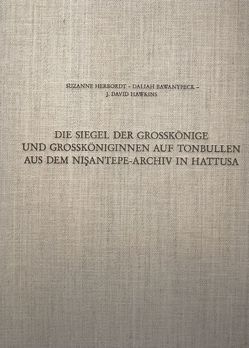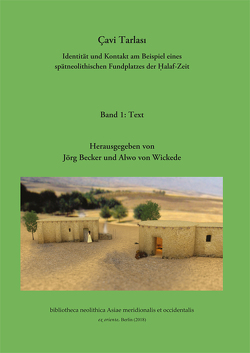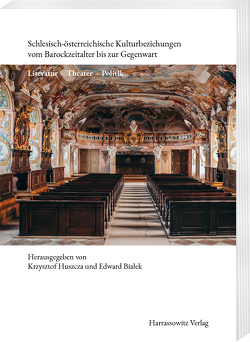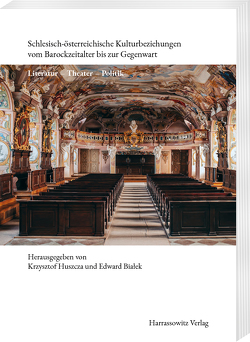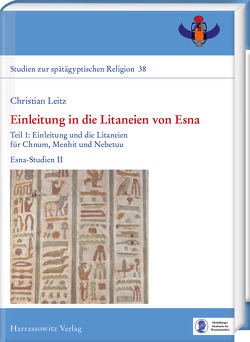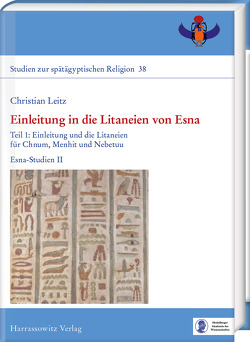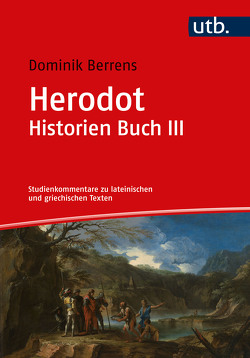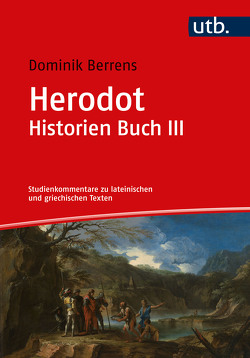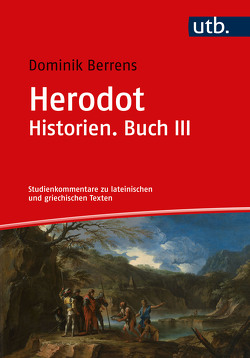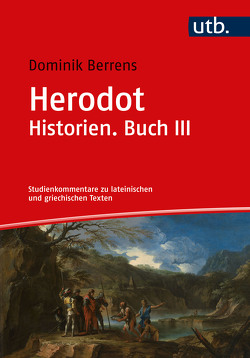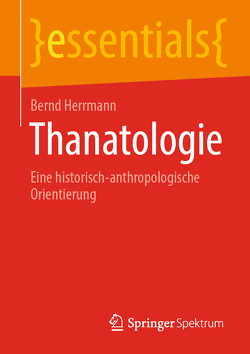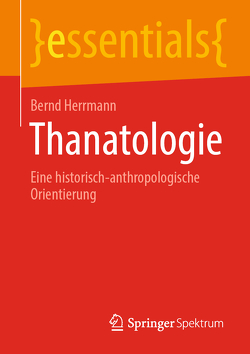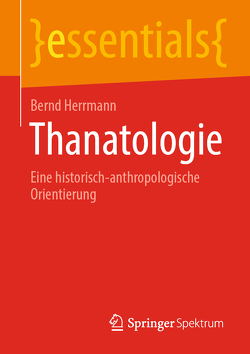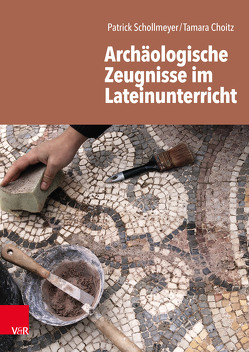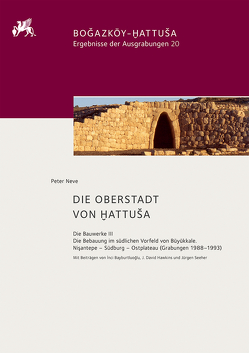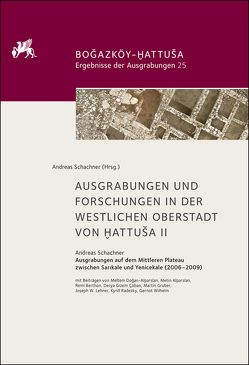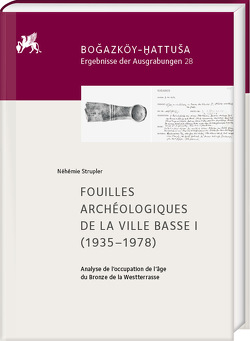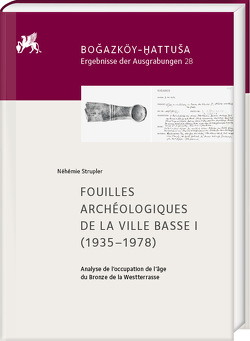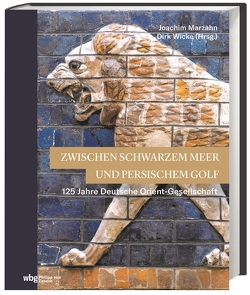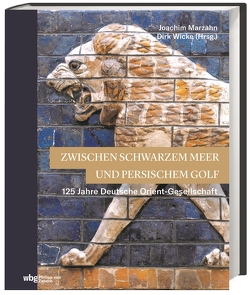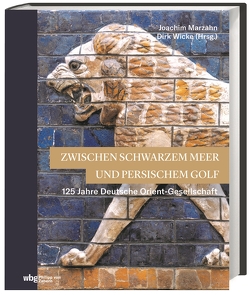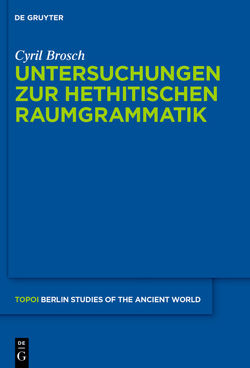Kleinfunde aus der Oberstadt von Hattusa
Das zentrale Tempelviertel und die Tempelviertel am Königs- und Löwentor
Suzanne Herbordt, Alwo von Wickede
In diesem Buch werden die Kleinfunde der Grabungen P. Neves in der Oberstadt der hethitischen Hauptstadt Hattusa/Boğazköy im zentralen Tempelviertel und die Tempelanlagen an Königs- und Löwentor aus den Jahren 1978–1992 vorgelegt. Das Fundmaterial stammt primär aus 29 Tempelanlagen und 37 weiteren Gebäuden, die als Werkstätten und Häuser gedeutet werden. Die Heiligtümer enthielten ein reichhaltiges Inventar aus hethitischer Zeit (15.–13. Jahrhundert v.Chr.), darunter Gegenstände kultischer Funktion, Gebrauchsgerät, Werkzeuge, Waffen, Schmuck, Siegel, gesiegelte Tonbullen, Schriftdokumente sowie Gebrauchskeramik. Die geschlossenen Fundkomplexe aus den Tempeln und Werkstätten/Häusern bieten die seltene Gelegenheit, Inventare im archäologischen Kontext zu untersuchen und die Fundgruppen mit den verschiedenen Tempelbereichen zu korrelieren. Die bereits veröffentlichten Schriftdokumente, Tonbullen und Keramikfunde werden für die Funktionsanalyse der Tempelräume und Gebäudetrakte herangezogen. Die Unterschiede zwischen den Artefakten und Werkzeugen in sakralen und säkularen Bereichen werden herausgestellt. Neben dem hethitischen Fundmaterial werden auch die Funde der Frühbronze- und Eisenzeit veröffentlicht. Die Kleinfunde tragen dazu bei, Genaueres über die zeitliche Entwicklung der Oberstadt der hethitischen Hauptstadt sowie deren Bedeutung in Erfahrung zu bringen. Sie erweitern darüber hinaus unsere Kenntnisse von der materiellen Kultur Zentralanatoliens während des 2. und frühen 1. Jahrtausends v.Chr.
This book presents the small finds from Peter Neves’ excavations in 1978–1992 in the Upper City of the Hittite capital Hattusa/Boğazköy in the central temple district and the temples at the King’s Gate and Lion Gate. The find material mainly comes from 29 temples and 37 other buildings that are interpreted as workshops and houses. The sanctuaries amassed a rich inventory from Hittite times (15th–13th century B.C.), including objects with a cultic function, household implements, tools, weapons, jewelry, seals, sealed clay bullae, written documents and household pottery. The complete and self-contained find complexes from the temples and workshops/houses present a rare opportunity to investigate inventories in the archaeological context and to correlate the find groups with the various temple areas. The already published written documents, clay bullae and household pottery are utilized for an analysis of the function of the temples’ rooms and sections of the buildings. The differences between the artefacts and tools in sacred and secular areas are specified. In addition to the Hittite find material the finds from the Early Bronze Age and Iron Age are also published. The small finds contribute to a more exact understanding of the significance of the Upper City of the Hittite capital and how it developed over time. They furthermore extend our knowledge of the material culture of central Anatolia during the 2nd and early 1st millennium B.C.

